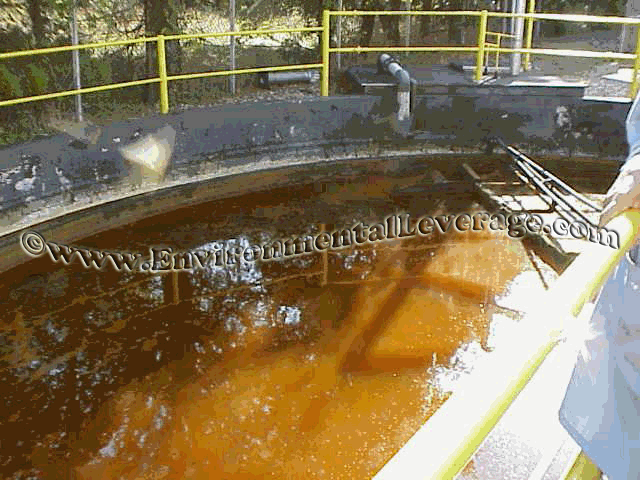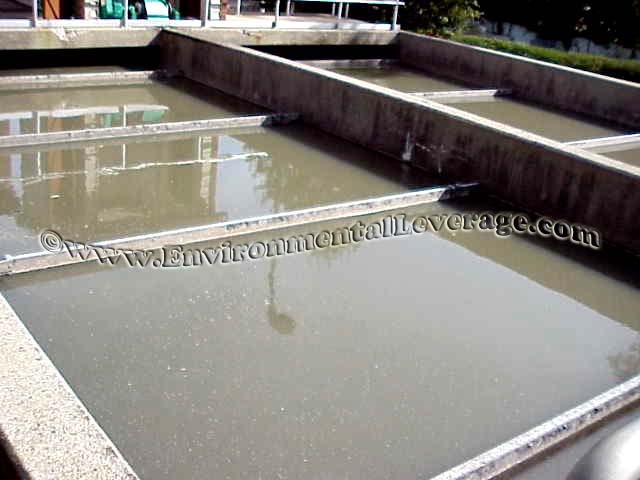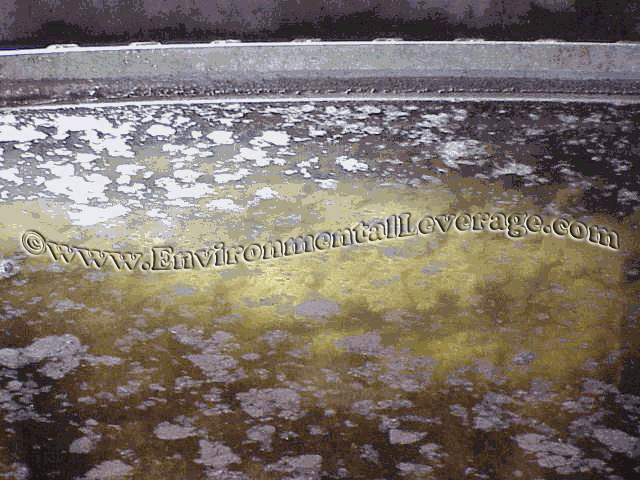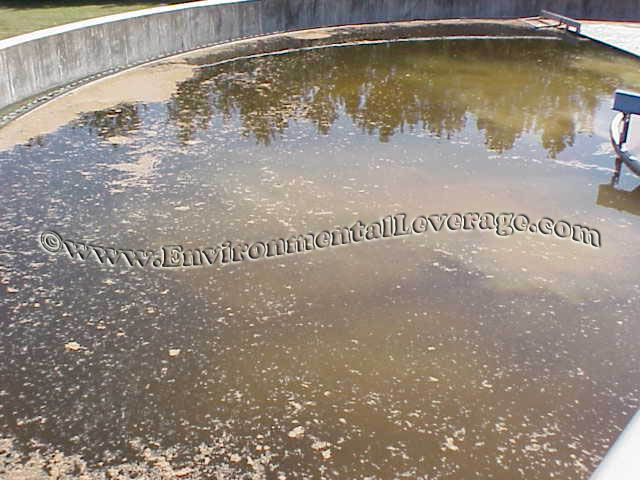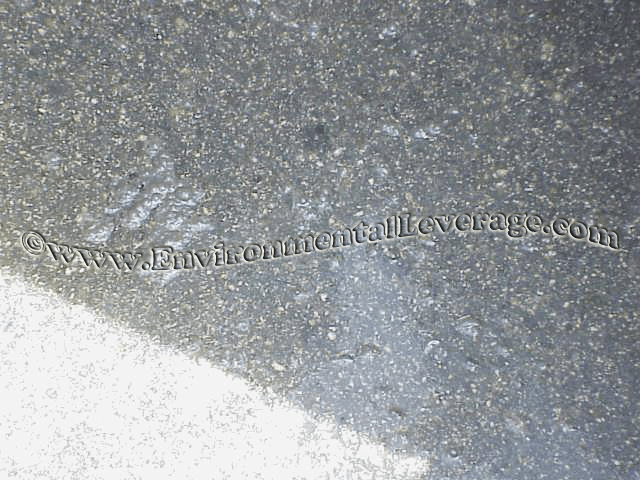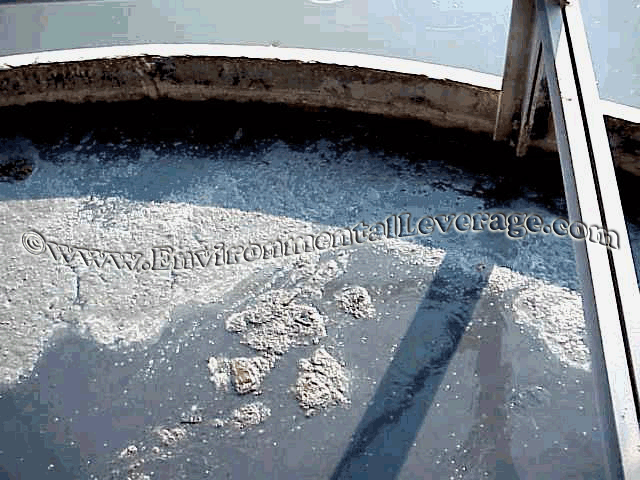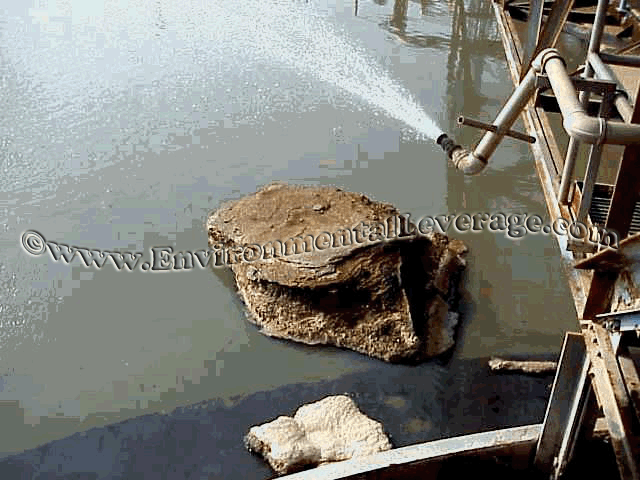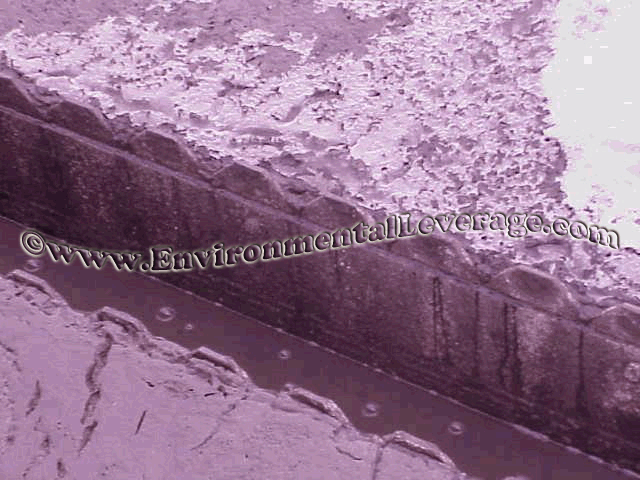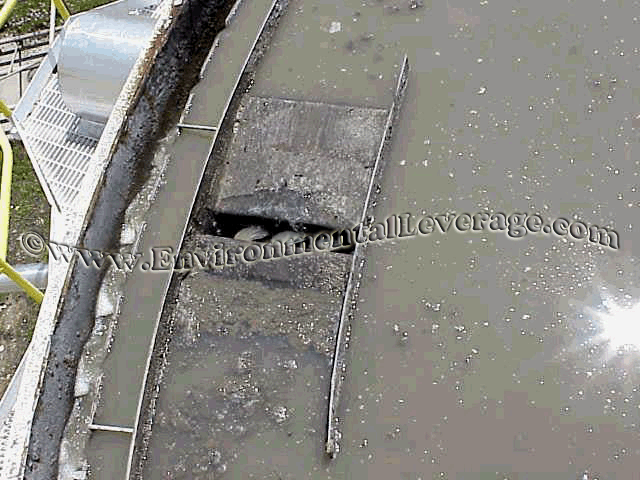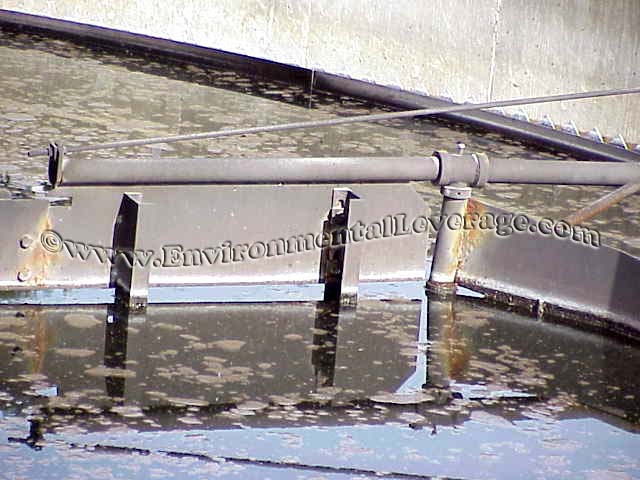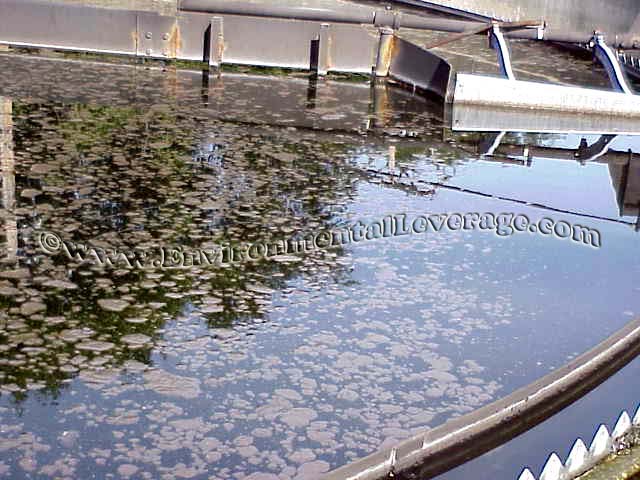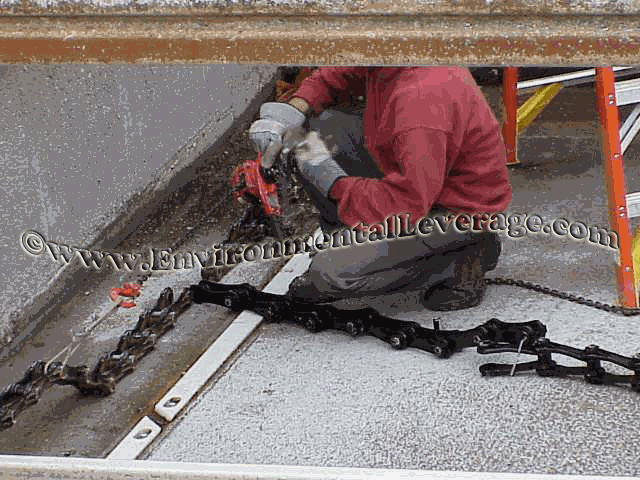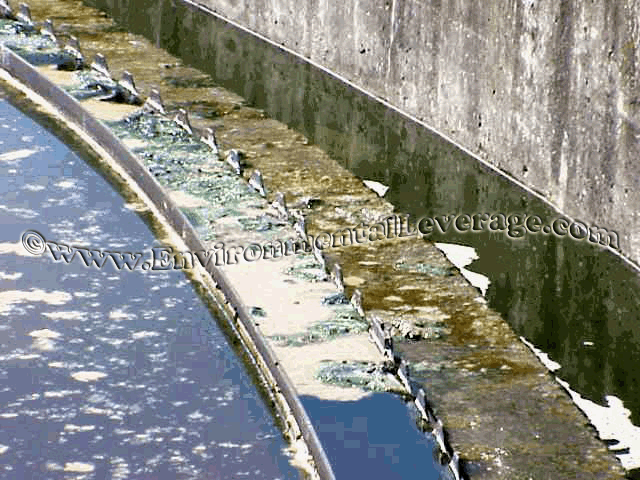Biological Products:
Bioaugmentation products for Wastewater applications in Papermills, Refineries, Chemical, Tanneries, Municipalities, Textiles, Steel, Agriculture, Animal feedlot, Gun Powder plant, Food and Beverage- Dairy Products, Orange Juice factory, Wineries, Cookie factory, Vegetable processing plant, Meat packing, Barbecue Restaurant, Aquaculture, Ornamental Ponds for algae control, CAFO, Nursing homes, Military, Campgrounds, Universities, Regulatory agencies
Lab Services:
Filamentous Identification Lab Service. One reason to identify filaments is to determine the filaments characteristics and then determine the type present. If the type is found out, a root cause can usually be associated with a particular filament. If the cause is known, then a correction can be made to alleviate problems. Chlorination is only a quick fix. Without process changes, filaments will grow back after chlorination. Wastewater Biomass Analyses and Cooling Tower Analyses also available
Training Materials:
Training is an integral part of any job. Not everyone is at the same level of training. Many people want beginning concepts and basics. Some need technical information or troubleshooting. Some want equipment, technology or process information. We have developed a full set of Basic training, Advanced training, Filamentous Identification the Easy Way as well as custom training CD's Manuals. We also provide hands-on training classes and soon will have an Online "E-University".
Audits and Consulting:
At Environmental Leverage® Inc., we have a team of experienced individuals who come into your plant with a fresh pair of eyes. The system is checked from influent to effluent. System optimization, equipment efficiency and operational excellence are key components explored. Key Benefits Equipment efficiency Total Cost of Operation reductions Reliability and safety An onsite audit is conducted to examine system parameters, process controls, and current monitor and control procedures. A physical walk-through is conducted, process flow diagrams are examined, previous design criteria are examined and current standard operating procedures are evaluated along with data logs.
|
Troubleshooting-Primary ClarifiersLatest News!
What's New!
We have just added "Virtual Audits" to our capabilities. Check out our new Services. We are in the process of developing new courses for our ""Online E-University" in order to meet the needs of our global customers that cannot travel to our public classes.Visit our new website www.WastewaterElearning.com/Elearning
Primary Clarifiers- How they often impact the process negatively when they are overlooked.
Many times operators often underestimate how much impact primary treatment can have on the secondary biological portion of the system. The whole purpose of primary treatment is to physically remove as much loading from the system as quickly and as cheaply as possibly without high tech equipment or excessive monitor and control. Often times, though small adjustment to the equipment can significantly improve solids removal as well as BOD and TSS removal or even prevent the growth of filamentous bacteria in the biological portion.
The purpose of a clarifier is to remove solids, produce a cleaner effluent and concentrate solids. Concentration of solids removed from the wastewater reduces the volume of sludge for dewatering and/or disposal. The smaller the volume of sludge removed results in lower capital and operating costs for dewatering equipment and/or sludge disposal. Sometimes existing dewatering equipment may not have enough capacity if the sludge is not concentrated.
Some Critical Parameters to Evaluate:
Effluent Weir Loading -Expressed as gallons per day per linear foot of
weir. Typical values are 10,000 to 20,000 gallons per day per foot of weir
Dry Solids Loading (Flux)-Influent dry pounds of suspended solids per hour divided by the clarifier area
Basin Depth (Retention Time)
Hydraulic Overflow Rate- Determines particle removal efficiency for discrete & flocculant sedimentation. Hydraulic Overflow Rate equals the influent flow rate divided by the clarifier horizontal area
Many parts of the equipment often times can be optimized or adjusted but are usually set when the plant is first designed and started up and never adjusted again in spite of the fact that the plant might have changed loading or design flows. Feedwell, Sludge Rakes, Skimmer Arm and Support, Baffles, Grease Ring, Scum box are just to name a few.
Clarifier Solids Capture-Commonly Determined by Measuring Influent and Effluent Total Suspended Solids by Weight
Chemical Treatment- Alleviates problems associated with too high solids or hydraulic loading, Increases settling rate of solids, increases settling rate of sludge bed, increases solids captured by the clarifier or can increase sludge underflow concentration.
Typical design parameters for primary clarifiers in municipal treatment
Conditions Affecting Settling Factors: Concentration of Solids- The larger and heavier the suspended solids, the faster they will settle. The more particles there are (within design), the better the settling.
Temperature- At higher temperatures, the water is less dense,
therefore, the higher the temperature, the more rapid the settling.
Detention Time- About 50% of a municipal type suspended solids will settle out in 30 minutes, about 60% after 1 hour, and about 70% after 2 hours. Usually, clarifier design allows for detention times ranging between 2 to 3 hours, however, it may be as long as 4 to 5 hours. If necessary use a settleometer to check how long solids can be in the clarifier without floating to the surface.
Surface Loading-
Condition of Wastewater- Wastewater strength, freshness, temperature, and the density, shapes and sizes of particles all impact the efficiency of the unit. Septic wastewater settles slower because of smaller particle size or gas bubbles on particles that can cause floating.
Monitoring and Control The following should be routinely checked; Settleable solids in and out of clarifier, Sludge moisture, Sludge pumping cycle and Sludge blanket depth. Weirs, skimmers, draw down tubes and rakes all need regular maintenance.
Troubleshooting
Causes of Low Solids Removal Efficiencies- Hydraulic Short Circuiting can be caused by currents induced by inlets, effluent weir plates that are not level, a difference in influent and clarifier water temperature, or wind causing problems on large tanks.
Manual measurement of bed by "Sludge Judge" or automatic bed indicators is more reliable than torque measurements.
Causes of Low Solids Removal Efficiencies- Increase in Influent Suspended Solids can cause particles to settle as a mass rather than discretely. Increase in Influent Suspended Solids can cause sudden increase in sludge bed height. If chemicals are used, a decrease in chemical/pound of solids is needed.
Causes of Low Solids Removal Efficiencies- If Sludge is Held Too Long In Clarifier it can create gasification by anaerobic decomposition. Gas bubbles can be seen breaking water surface. Re-suspension can occur of sludge solids. Floating black sludge can be seen. A strong hydrogen sulfide odor can be present in severe cases. This is a common problem in pulp, paper and food industries.
• Short-circuiting - Short-circuiting in a rectangular clarifier is usually evident by surface currents observed over the length of the basin. Circular basins, however, are harder to observe short-circuiting. These problems may be observable as pin floc in certain places around the periphery of the tank and an uneven buildup of sludge at the bottom of the tank. The degree of short-circuiting in circular units can vary considerably, depending on the type of inlet used. Inlet conditions have been shown to be more critical than outlet conditions. The most important factors to consider in controlling short-circuiting are dissipation of inlet velocity, protection of tanks from wind sweep and uneven heating, and reduction of density currents associated with high inlet suspended solids concentrations.
• Turbulence - Turbulence levels in a settling basin are normally difficult to estimate. Usually the designer attempts to minimize sources of turbulence such as inlet, outlet, wind, and density currents by baffles or flow distribution channels. These sources produce unpredictable levels of turbulence and may increase short-circuiting.
• Bottom scour - Where high forward velocities are used, the possibility of scouring previously deposited sludge can occur. Forward velocities should be from 9 to 15 times the settling velocity of critical size solids in order not to cause scour.
Keep clarifier solids in balance . Maximize solids capture by influent flow control to minimize hydraulic surges. Control sludge bed depth by proper sludge pumping rate to minimize solids carry over. Maximum sludge concentration dependent on bed height and solids characteristics. Minimize sludge retention time. Improper sludge pumping rate is a common cause of clarifier failure. Check periodically.
Some primary clarifiers are covered. Open them up and check to see if
there are solids floating on the top, and
Many times, large rags or debris can be seen in the primary clarifier.
This can indicate that preliminary screening is having a problem. Check
upstream to see what can be done about optimizing removal of very large
pieces of debris and garbage.
There can be many different sizes and shapes for primary treatment. It can be a chemical plant with high solids, a food plant with high grease, a municipal plant with solids and debris or a papermill with tons of fiber. All that matters is how your piece of equipment works, what parameters can you monitor and control and how efficient you can make your system with what you have.
Ashing and gassing can occur in primary clarifiers just as well as secondary clarifiers.
Are you holding the solids too long in the clarifier? This is a very common practice that causes septicity and promotes growth of filaments.
Check for pin floc, air bubbles rising or clumps of floc floating- these all indicate solids held too long. Here is a primary clarifier at a municipal plant. Solids are being held too long in the system and dead anaerobic floc is floating up to the surface. Adjust the amount of solids that are being drawn off your primary if you see this happening.
Septic conditions can promote filamentous growth, low DO on the influent to the aeration basin, can cause septic conditions to a digestor or make it harder to dewater primary sludge and increase polymer demand.
Solids can float to the top and cause problems- Floating islands on the surface
Are algae and scum building up on the weirs? Are there visible signs of floating solids? Is ice blocking the weirs in winter?
Here large amounts of floating solids and scum are building up in weirs and the clarifier collection box
Check your operations manual or if your plant is old, contact the manufacturer of the equipment. They should have copies of parameters that can be adjusted and how to manuals in their possession that they can send to you. Many times they will come out and help you optimize their pieces of equipment or provide training and onsite consulting. If not, the internet and the EPA are good sources to find information on every type of piece of equipment available.
Flights that are too slow on the top or bottom do not remove the solids fast enough and can generate septic conditions.
This is a secondary clarifier, but the principles apply to any primary or secondary piece of equipment. If the skimmers and rakes are not at the proper height , they will not sufficiently remove the grease, scum or floating solids properly.
Make sure when you take down the clarifier to perform maintenance, you scrape off weirs. You can see large grease clumps.
Corrosion can not only impact the performance of each piece of equipment, but pieces of the metal can break off and cause false toxicity results in final WET effluent tests. Make sure the levels of the rakes are low enough to make a difference in the clarifier.
Here small bits of grease are floating in the water. Large clumps of dead floc have floated to the top and large amounts of grease scum have built up on the sides of the tank. Weir maintenance is also critical in a primary clarifier. The more grease removed from a primary, especially a municipal plant where too much grease can cause significant levels of Nocardia and Microthrix to grow in the secondary treatment plant need to be removed.
Environmental Leverage- bringing you tomorrow's solutions today. . ….. Contact us for more information on how to start your grease removal program today
More Troubleshooting Grease impact on Municipalities
More information on grease in Collection systems and Sewers
What is growing in your Collection System?
Bioaugmentation Solutions for Lift stations, Wet Wells and Collection Systems MicroBlock-Solid block biological products that are specifically formulated and packaged for use in lift stations and large restaurant grease traps to remove grease build-up and help increase degradation capabilities.
Lift Station Formulation-MicroClear 207 bacterial formulation is used
for softening and degrading food type fat, oils and grease in lift stations
but can also be used in any high grease environment.
Restaurant formulation-This biological product is a high strength formulation developed to degrade fats oils and grease quickly. It can be used in restaurants, grease traps and drain fields where food based grease is a problem.
Sewer formulation-This product is an improved biological product, specifically formulated and packaged for use in sewers to help degrade grease build-up and stop blockage.
|

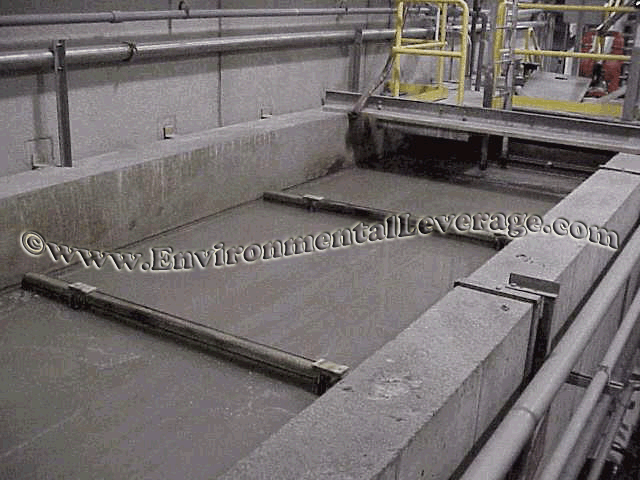
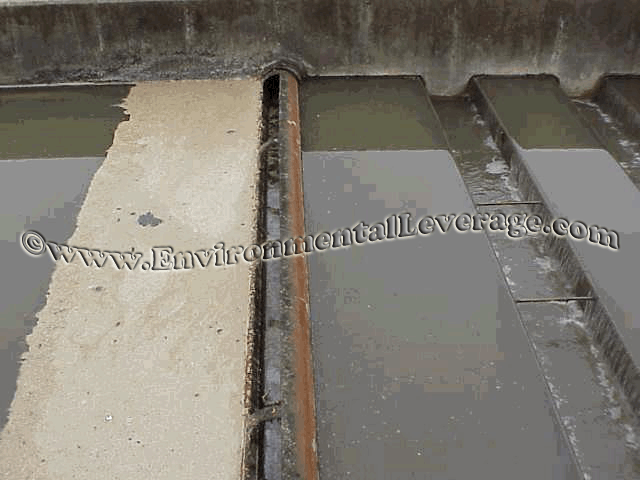
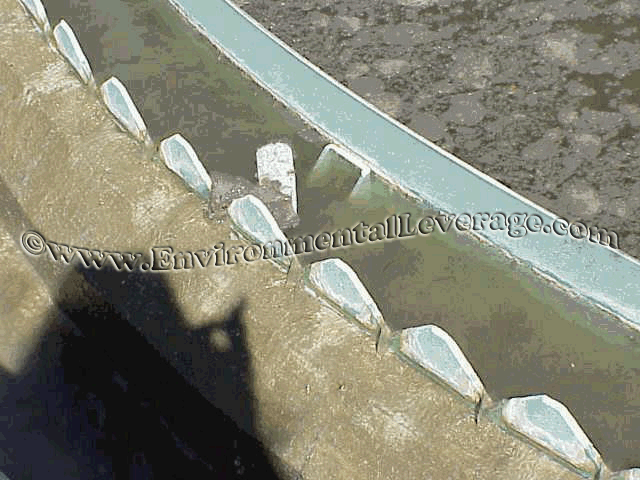 Short
Circuiting- Can be caused by uneven weirs, inadequate baffles, wave
action or currents.
Short
Circuiting- Can be caused by uneven weirs, inadequate baffles, wave
action or currents.
